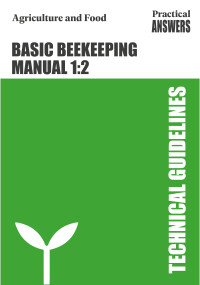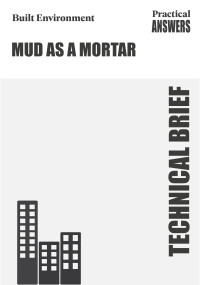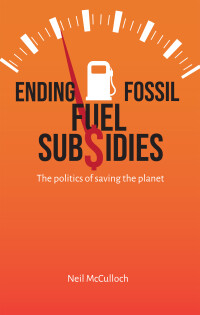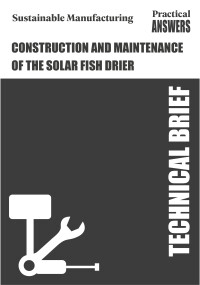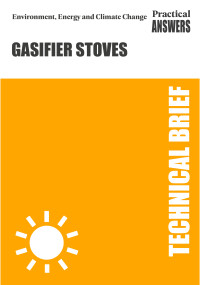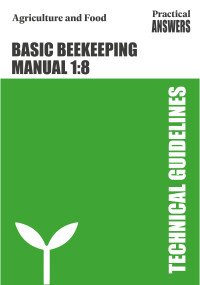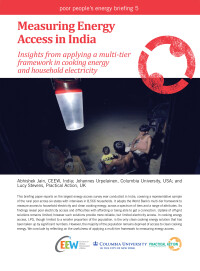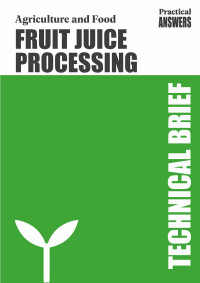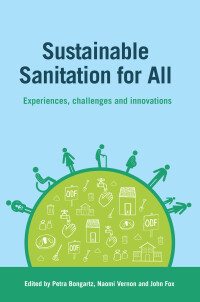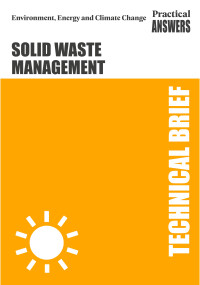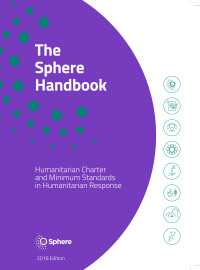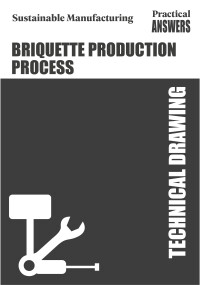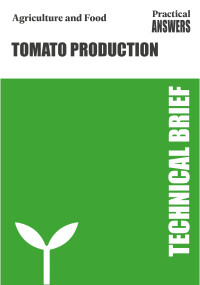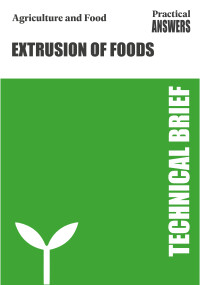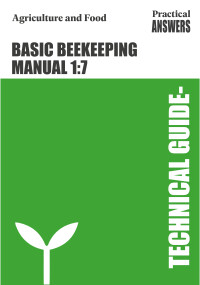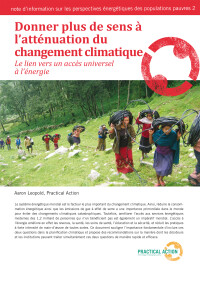Refine search
Search results for:
-
(Book) Basic Beekeeping Manual 1:2
This section explains the life of the bee.
-
(Book) Mud as a Mortar
Clay is the inherent binder of soils which are used in building. Such mortars are generally used with adobe and compressed soil blocks.
-
(Book) Ending Fossil Fuel Subsidies
Fossil fuel subsidies are killing both people and the planet. By encouraging excessive consumption of fossil fuels, subsidies exacerbate pollution and climate change, make violent protests more likely, and waste huge sums that could be used far better. Yet for years there has been minimal progress...
-
(Book) Construction and Maintenance of the Solar Fish Drier
This fact sheet details materials, equipment, and basic construction techniques needed for the solar fish drier.
-
(Book) Gasifier Stoves
Advanced biomass stoves covers improvements developed over recent years for household cooking in developing countries. They are often referred to as gasifier stoves although not all of these stoves strictly gasify the fuel.
-
(Book) Can We Know Better?
This book is intended for all who are committed to human wellbeing and who want to make our world fairer, safer and more fulfilling for everyone, especially those who are ‘last’. It argues that to do better we need to know better. It provides evidence that what we believe we know in international d...
-
(Book) Basic Beekeeping Manual 1:8
This is the intoductory section of Basic Beekeeping looks at how to harvest quality honey.
-
(Book) Living with Uncertainty
The last few years have seen a major rethinking of some of the hallowed assumptions of range ecology and range management practice. This book examines the management of policy implications of this new ecological thinking for pastoral development in dryland areas. With examples drawn from all over Af...
-
(Book) Measuring Energy Access in India
This briefing paper reports on the largest energy access survey ever conducted in India, covering a representative sample of the rural poor across six states with interviews in 8,566 households. It adapts the World Bank’s multi-tier framework to measure access to household electricity and clean cook...
-
(Book) Fruit Juice Processing
This brief looks at juice extraction, preparation, pasteurisation, bottling, quality control, and equipment suppliers.
-
(Book) Sustainable Sanitation for All
Petra Bongartz, Naomi Vernon, John Fox
Great strides have been made in improving sanitation in many developing countries. Yet, 2.4 billion people worldwide still lack access to adequate sanitation facilities and the poorest and most vulnerable members of society are often not reached and their specific needs are not met. Moreover, sustai...
-
(Book) Solid Waste Management
An introduction to solid waste management.
-
(Book) Constructing Low-rise Confined Masonry Buildings
The Construction Guide for Low-Rise Confined Masonry Buildings addresses the needs of small-scale contractors, technicians, government staff, architects as well as non-governmental organizations involved in post-disaster reconstruction. The guide has been written with users with various professional...
-
(Book) The Sphere Handbook
The Sphere Handbook presents a principled approach to quality and accountability in humanitarian response. It is a practical translation of Sphere’s core belief that all people affected by disaster or conflict have a right to life with dignity and the right to receive humanitarian assistance. The...
-
(Book) Briquette Production Process
This is a poster that illustrates both carbonised and non carbonised briquette production process.
-
(Book) Tomato Production
Tomato production guidelines would be very beneficial to the aspiring tomato farmers who want to start their farming practices or the farmers who are already involved in tomato farming in Zimbabwe. One can also use it as a farming resource if the case applies to any other similar regions. The techni...
-
(Book) Extrusion of Foods
There are two types of extrusion process: cold extrusion, which mixes and shapes foods such as biscuit dough and pasta without cooking them; and hot extrusion (or extrusion cooking).
-
(Book) Basic Beekeeping Manual 1:7
This part of the document looks at how to manage bees.
-
(Book) Donner plus de sens à l’atténuation du changement climatique
Le système énergétique mondial est le facteur le plus important du changement climatique. Ainsi, réduire la consommation énergétique ainsi que les émissions de gaz à effet de serre a une importance primordiale dans le monde pour éviter des changements climatiques catastrophiques. Toutefois, améliore...
-
(Book) Stone Arch Bridges
Construction of stone arch bridges.

